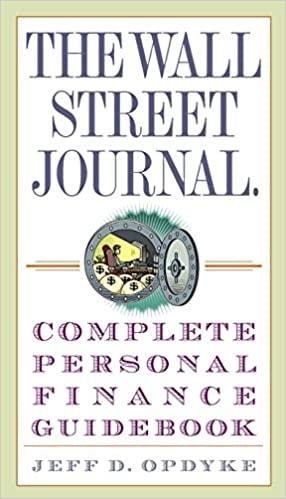
Q2(2.5points) In recent months, there has been a lot of debate concerning rise in inflation pressures since the start to 2021. In effect, there have been three schools of thought on the subject: - School 1: Increases in inflation are temporary, caused by global supply chains disruptions during and since the Covid19 pandemic. Thus, current inflationary pressures are expected to persist for 1 year (2021-2022), and likely to abate and dissipate completely in 2 years (by mid-2023) and thereafter. - School 2: Increases in inflation are caused by excessive money supply created by the Federal Reserve. As such, higher inflation is here to stay for the next 3 years because unwinding this inflation will require a severe rise in interest rates that risks causing an economic depression. - School 3: Increases in inflation are caused by both, global supply chain disruptions and monetary expansion since the start of the pandemic. However, the supply chain disruptions are not temporary, as these are driven by long-term forces, such as geopolitical confrontations/competition between the U.S., Europe, China, and Russia. At the same time, monetary policy excesses during the pandemic are much harder to address than School 2 above believes because pandemic era increases in money supply and Fed balance sheet exposures came on top of the 2008-2019 monetary excesses. Based on Expectations Theory of Interest Rates, compare and contrast term structures of interest rates for the three schools of thought. Do you expect steeper or flatter term structure of interest rates under School 1 view of future inflation expectations or under School 2 or School 3 views? Explain your answers. Q2(2.5points) In recent months, there has been a lot of debate concerning rise in inflation pressures since the start to 2021. In effect, there have been three schools of thought on the subject: - School 1: Increases in inflation are temporary, caused by global supply chains disruptions during and since the Covid19 pandemic. Thus, current inflationary pressures are expected to persist for 1 year (2021-2022), and likely to abate and dissipate completely in 2 years (by mid-2023) and thereafter. - School 2: Increases in inflation are caused by excessive money supply created by the Federal Reserve. As such, higher inflation is here to stay for the next 3 years because unwinding this inflation will require a severe rise in interest rates that risks causing an economic depression. - School 3: Increases in inflation are caused by both, global supply chain disruptions and monetary expansion since the start of the pandemic. However, the supply chain disruptions are not temporary, as these are driven by long-term forces, such as geopolitical confrontations/competition between the U.S., Europe, China, and Russia. At the same time, monetary policy excesses during the pandemic are much harder to address than School 2 above believes because pandemic era increases in money supply and Fed balance sheet exposures came on top of the 2008-2019 monetary excesses. Based on Expectations Theory of Interest Rates, compare and contrast term structures of interest rates for the three schools of thought. Do you expect steeper or flatter term structure of interest rates under School 1 view of future inflation expectations or under School 2 or School 3 views? Explain your answers







